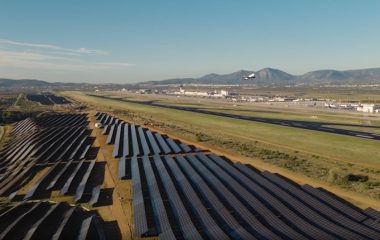
Phto: Antonios Ntoumas from Pixabay
Electricity production last year from wind farms and solar power plants in China was almost enough to supply all households.
Solar and wind power output last year jumped 21% to 1,190 TWh, China’s National Energy Administration (NEA) announced.
It accounted for 13.8% of China’s total consumption, which is close to the consumption of all urban and rural households, NEA’s official Wang Dapeng said.
Households consumed only 17% of electricity in China in 2020
According to data from the International Energy Agency (IEA), reported by Bloomberg, household consumption in 2020 equaled 17% of the country’s total consumption. For comparison, the level in Japan was 29% and the share of households in the United States was 39%.
Last year, renewable power plants generated 2,700 TWh or 31.6% of the country’s total production, while the rest was provided from coal, natural gas, and nuclear fuel.
Renewable electricity plants account for 47.3 percent of capacity
In 2022, China added a record 125 GW in solar parks and wind farms combined, bringing total capacity to 1,213 GW. Photovoltaics accounted for 87.4 GW.
Together with new hydropower plants (15 GW), pumped storage hydropower (8.8 GW) and biomass facilities (3.3 GW), the most populous nation increased its renewables capacity by 152 GW, which is 76% of all new power plants built in the country, Wang noted.
At the end of 2022, with 1,213 GW, renewable energy power plants had a share of 47.3% of the total installed capacities. The capacity of solar power plants was 393 GW, hydropower plants had 368 GW, while wind farms reached 365 GW.
The combined capacity of coal and gas-fired power plants was 1,332 GW.

















Be the first one to comment on this article.